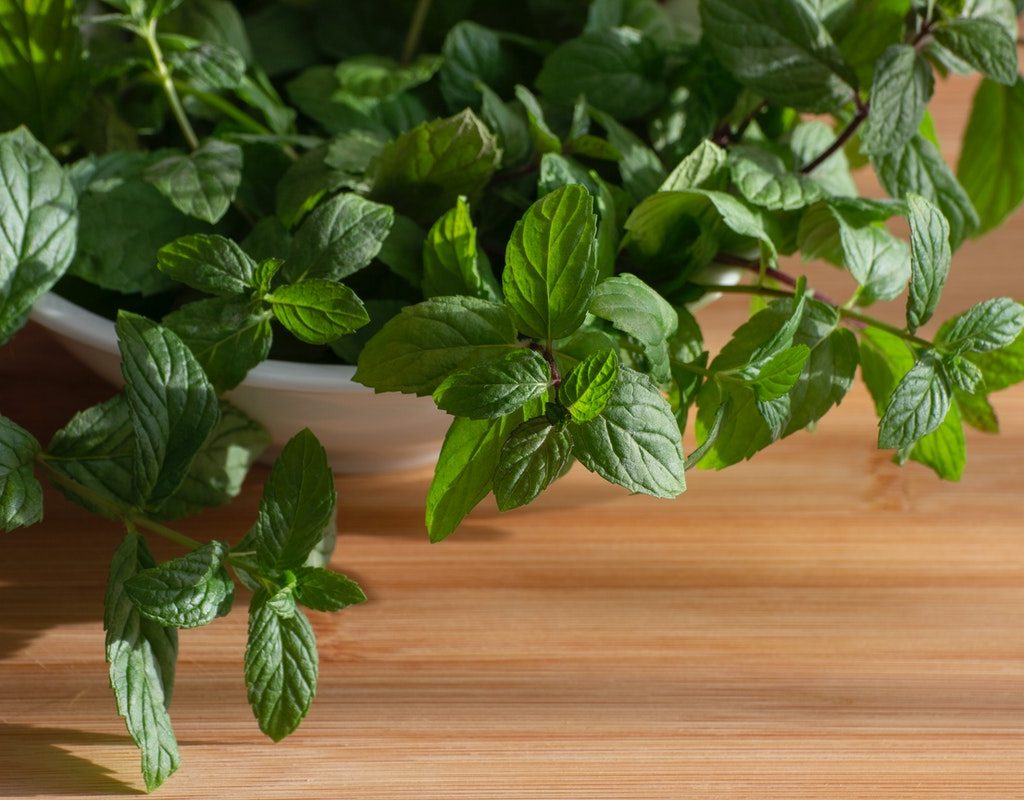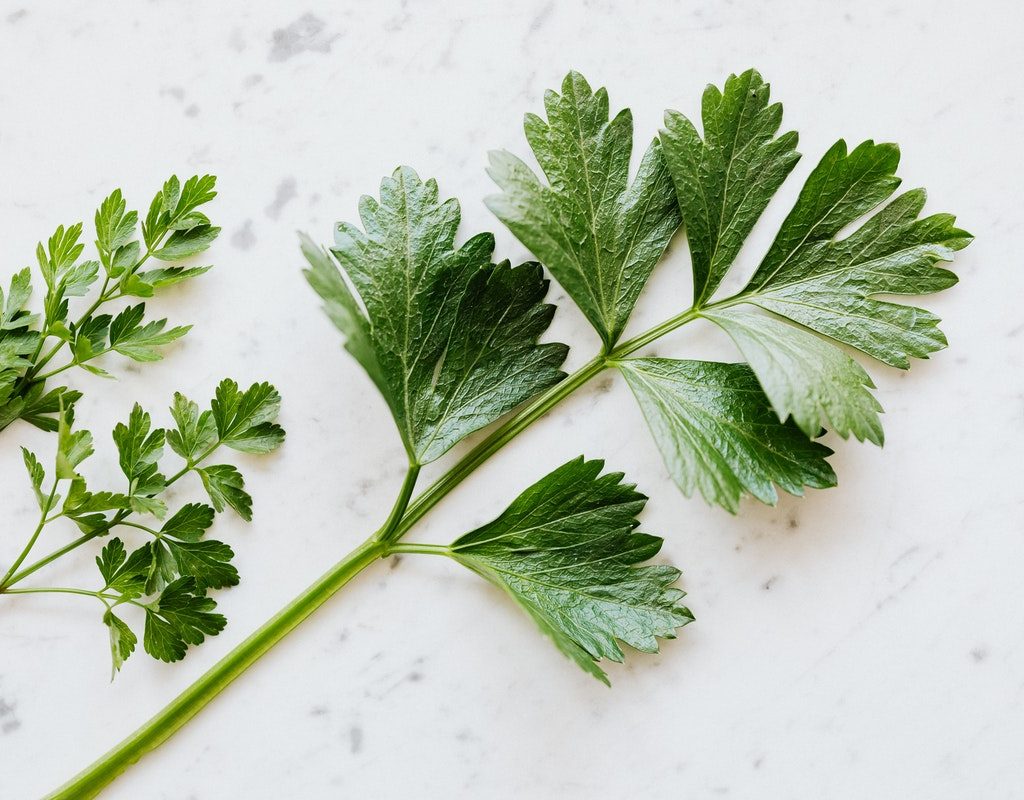If your apartment or other living space doesn’t have a lot of natural lighting but you’d love to grow fresh herbs, don’t count yourself out! There are many herbs that grow in shade indoors — you just have to find the right ones. Herbs that grow in low light will have slightly different coloring and may take a bit to adapt, but once you learn how to care for them, you’ll successfully grow herbs in no time!
Can you grow herbs in low light?
Yes! There are plenty of shade-tolerant herbs that you can grow if your space doesn’t have optimal lighting. You’ll often find that herbs that tolerate low-light conditions are a darker green color and have thinner, larger leaves. This is due to the way these plants photosynthesize.
Plants that can thrive in low-light conditions need to be able to capture light as efficiently as possible. In order to do that, they have larger chloroplasts and hold more chlorophyll that is more evenly spread out across the leaves. Shade-tolerant herbs (and other plants) also have larger leaves in order to give them more surface area to absorb the light they need.

What indoor herbs grow best in low light?
The best herbs that grow in low light will be ones that mature at a shorter height. You’ll find them easier to grow and care for, and the small size of the plant won’t require as much space or sunlight as a larger one. They’ll fit well on a windowsill, a small table, or even on a kitchen counter if there’s a window.
Many of these herbs will be culinary herbs (perfect!), so you’ll have a good selection of low-light options to choose from. These include cilantro, mint, parsley, thyme, lemon balm, chives, and oregano. All of these herbs adapt well to being grown in containers, too, which makes them ideal not only for low-light conditions but for being grown indoors in general. Cilantro can be especially useful as a culinary herb to grow because if you let it go to seed, you’ll also have coriander to add to your pantry.
If you’re looking more for scented herbs that grow in low light, you can opt for parsley or mint, which will serve dual purposes. Both are culinary herbs that you can use in recipes, but they also smell fantastic and will bring a lovely aroma into your home. On the non-culinary side, you can grow catmint (a more compact herb in the mint family that’s related to catnip) or sweet woodruff, whose dried leaves smell similar to fresh hay.

Caring for your shade-tolerant herbs
Herbs that grow in shade indoors often need a bit extra care than their counterparts grown in more sun. Part of what will help here is choosing the right herbs. The ones mentioned above are more ideal for low-light growth, but ones that grow more compact in general will be helpful here. You’ll get less leggy growth, and the herb will be able to absorb the little light it gets as effectively as possible.
That said, even though the leaves and stature of these herbs has adapted to grow better in low light, you should still put them as close to the windows as possible. Chances are, if you’re growing in low-light conditions, you won’t have too much risk of causing sunburn to your plants; however, be aware that if you only have one window and it has direct sun all day, it may be better to spread your plants around the window instead of directly in front to avoid burning the leaves.
Another tip to aid in the growth of your low-light herbs is to avoid overcrowding the planters. They’re fighting for light enough on their own, so they don’t need to fight each other. By spacing them out, you’ll allow each herb to absorb its own light as effectively as possible without having to compete with the plant right next to it for space. Be sure to pinch back the growing parts of the plant to help encourage branching, too. This will help the herb be more compact and shorter in stature.
What if you want to grow herbs that need more light?
If you’re in low-light conditions but want to grow herbs that need more, you can always purchase grow lights! Grow lights exist to help aid in recreating outdoor lights for indoor plants and greenhouses. If you’re able to make the investment, it’s a good way to expand your herb collection (and even help your low-light herbs). Be aware with grow lights that some plants will require different types of lights throughout their growth cycle, so do your research before you buy!
Herbs that grow in low light can help bring culinary freshness, beautiful aromas, and lovely greenery into your space. And it isn’t just herbs! We started here, but there are plenty of low-light plants you can grow in your space to help bring the outdoors inside.


